🔥 Heat Styling Tools: Friend or Foe?
Heat styling tools are like magic wands—capable of transforming your hair into sleek waves or voluminous curls in minutes. ✨ But just like any spell, there’s always a hidden cost. Each of these tools comes with perks and pitfalls.
Flat irons are the go-to for that polished, straight finish. But here’s the catch: they can strip your strands of natural oils, leaving them brittle and prone to breakage if overused. 🧨
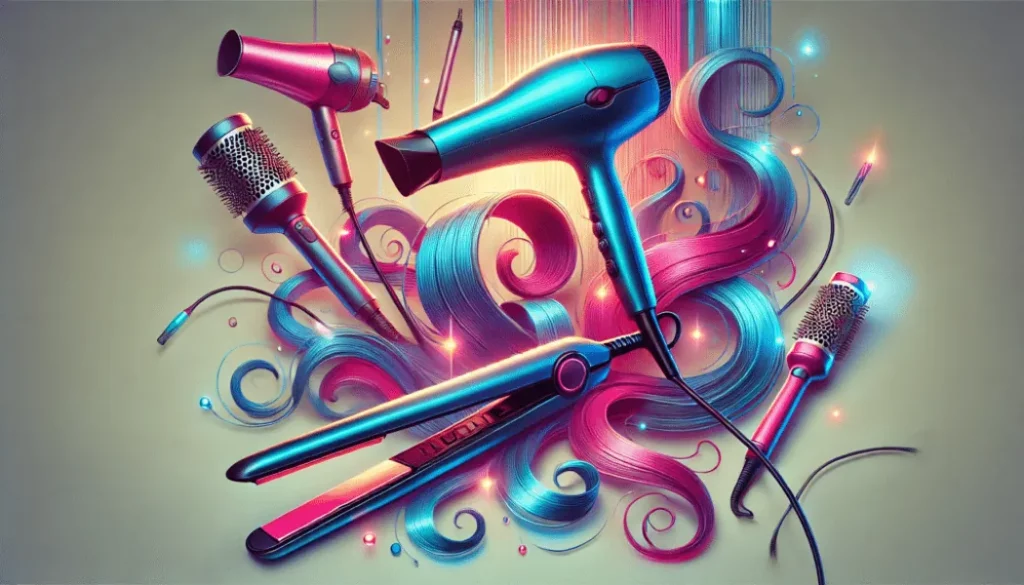
Curling wands serve up dreamy, bouncy curls—but they’re no saints either. Over time, frequent use can cause split ends and gradually weaken your hair’s structure. 🔄
Hair dryers bring quick results, especially when you’re in a rush. 💨 Yet too much direct heat can suck moisture right out of your strands, leading to frizz and dullness.
Even hot rollers, considered gentler, can still take a toll on your texture—especially if used too frequently or without protection.
Over time, heavy reliance on these hot tools can lead to a not-so-glamorous outcome: dryness, breakage, and lifeless locks. 😬 To keep your style game strong without sacrificing hair health, it’s key to understand exactly what each of these tools does—and how to shield your strands from their damaging side effects.
🧴 Pre-Styling Preparations to Mitigate Heat Damage
Prepping your hair before heat styling is like rolling out the red carpet for a VIP guest. 🌟 Done right, it smooths out the whole process and keeps damage to a minimum.
It all starts in the shower. 🛁 Skip the generic stuff—reach for a moisturizing, nourishing shampoo and conditioner that strengthens your strands and locks in hydration before the heat gets involved.
Once you’re towel-dried, it’s time for your hair’s best friend: the heat protectant. Whether it’s a spray, cream, or serum, this is the shield your hair needs to defend itself. 🛡️ Apply it evenly, focusing on the ends where damage tends to strike first. Think of it as armor before battle
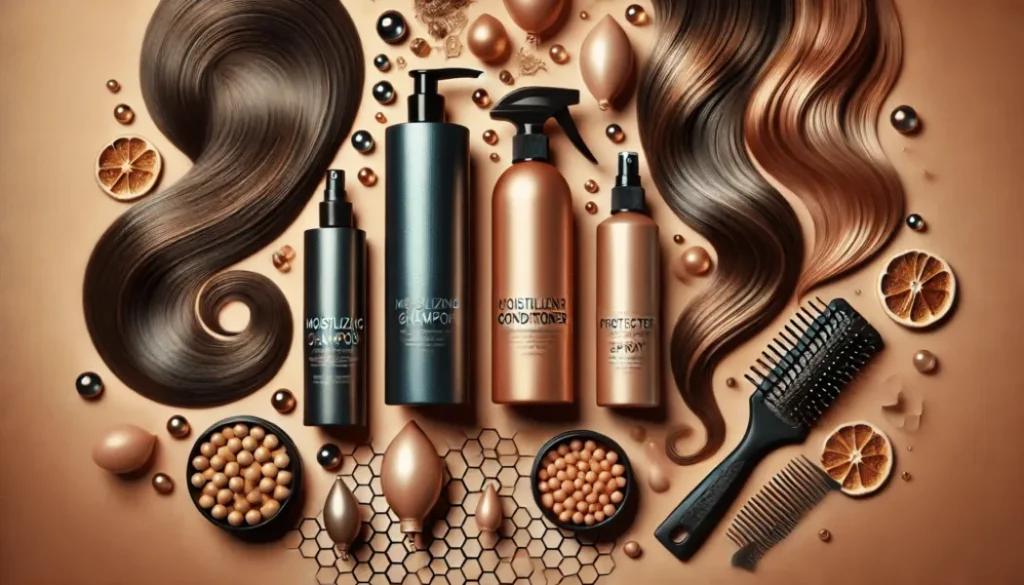
Next up, detangling. 🪮 Use a wide-tooth comb or a wet-hair-friendly brush to gently work through knots. This isn’t the time to rush—being rough can cause breakage before the heat even hits. Your patience here pays off in smoother styling and healthier ends.
Then comes the magic step: sectioning. ✂️ Dividing your hair into smaller parts helps you apply heat more evenly and with fewer passes. Less exposure = less risk. It’s a simple trick that makes a major difference in reducing long-term heat damage.
💡 With just a bit of prep, you can style smarter—not harsher—and keep your hair thriving even under the heat.
🔧 Optimal Heat Settings and Styling Frequencies
When it comes to heat styling, knowing your hair’s heat tolerance is half the battle. 🔥 Different hair types require different temperature zones to avoid damage while still achieving your desired style.
– For fine hair, stick to the lower end: 250–300°F (120–150°C). Your strands are delicate and don’t need intense heat. 💨
– Medium hair usually thrives at 300–350°F (150–175°C), hitting that sweet spot between control and care.
– Got coarse or thick hair? You can go up to 400°F (200°C)—but only when necessary and never on soaking wet hair! 💪
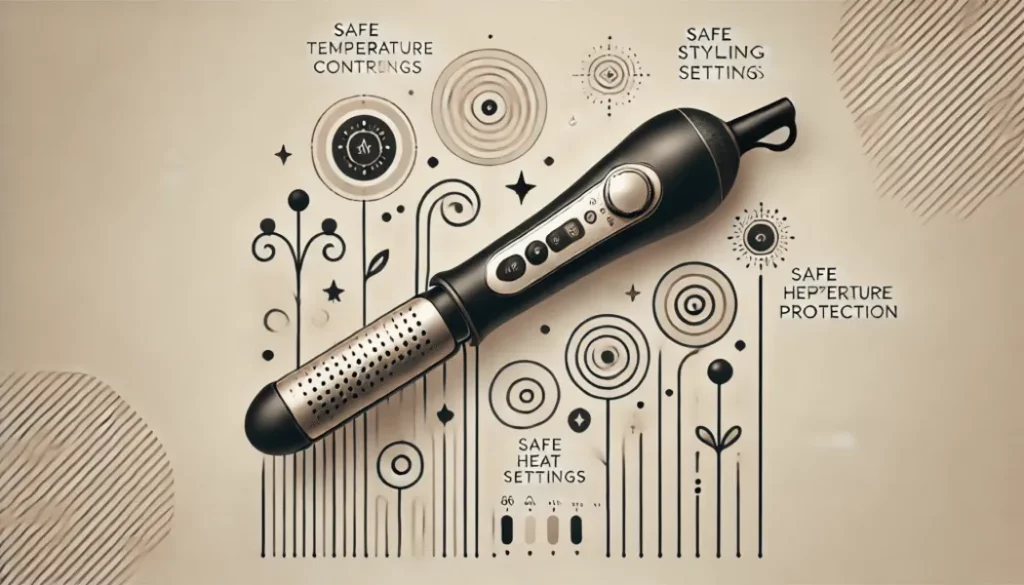
But here’s the truth: hotter isn’t better. Extreme temperatures can burn moisture right out of your strands, leaving them crispy and brittle. 😬
Frequency matters too. Styling every day is a recipe for dryness and dullness. Aim for 2–3 sessions per week, allowing time for recovery. On off-days, embrace air-drying, protective styles, or nourishing leave-ins to let your hair bounce back.
Want to be smart with styling? Try these heat-saving tricks:
– Air dry your hair when possible, especially before flat ironing.
– Use the cool shot feature on your dryer to seal the cuticle and add shine without damage. ❄️
– Invest in ceramic or tourmaline tools that distribute heat more evenly and reduce hotspots.
And when you do reach for heat, think burst styling:
🚀 Just a quick pass or two, and never let the tool rest on one spot. Keep it moving, keep it efficient—and most importantly, keep it healthy
💡 Unveiling Effective Products and Techniques for Heat Protection
Styling your hair with heat doesn’t have to mean sacrificing its health. It’s all about making smart choices with your products and techniques. 🎯
Start with the essentials: a quality heat protectant. Whether in spray, cream, or serum form, this is your hair’s frontline defense. 🛡️ Apply it evenly, especially on the ends, to minimize heat stress.
Want to cut back on heat altogether? 🌙 Try natural styling alternatives like braids for beachy waves, twists for texture, or overnight heatless methods. These techniques reduce damage and add variety to your look.
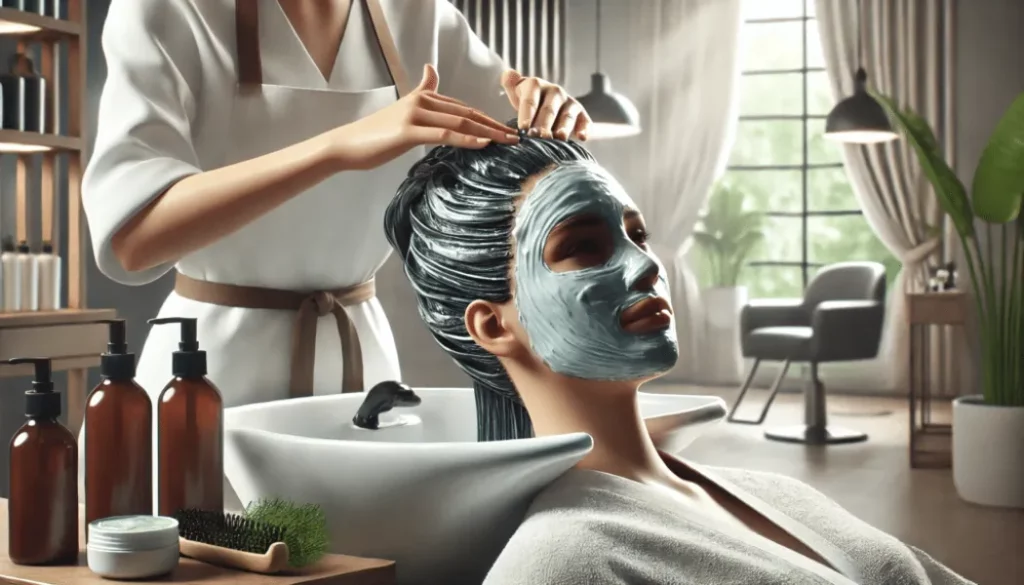
Don’t skip the basics:
– ✂️ Regular trims prevent split ends from climbing up the shaft
– 💧 Hydration masks and leave-in treatments replenish lost moisture and prepare hair for the next session
And about that blow-drying habit—break the cycle by spacing out heat styling sessions. A few extra “off days” can do wonders for your hair’s strength and elasticity.
💡 With the right approach, you’re not just creating styles—you’re investing in long-term hair health and resilience.
🔄 Repairing Heat-Damaged Hair: Solutions and Treatments
Even the best hair routines can hit a bump in the road—and heat damage is one of the most common setbacks. 😓 But don’t stress—your hair isn’t doomed. With the right tools and habits, recovery is absolutely within reach.
Start with modern laser therapy. 🌀 Safe, non-invasive, and increasingly accessible, laser treatments can stimulate the scalp, awaken dormant follicles, and support the healing of damaged strands. It’s like a spa upgrade for your roots.
Add hair growth supplements to the mix. 💊 Packed with vitamins like biotin, zinc, and collagen boosters, these help rebuild strength from the inside out—supporting your body’s natural recovery process.
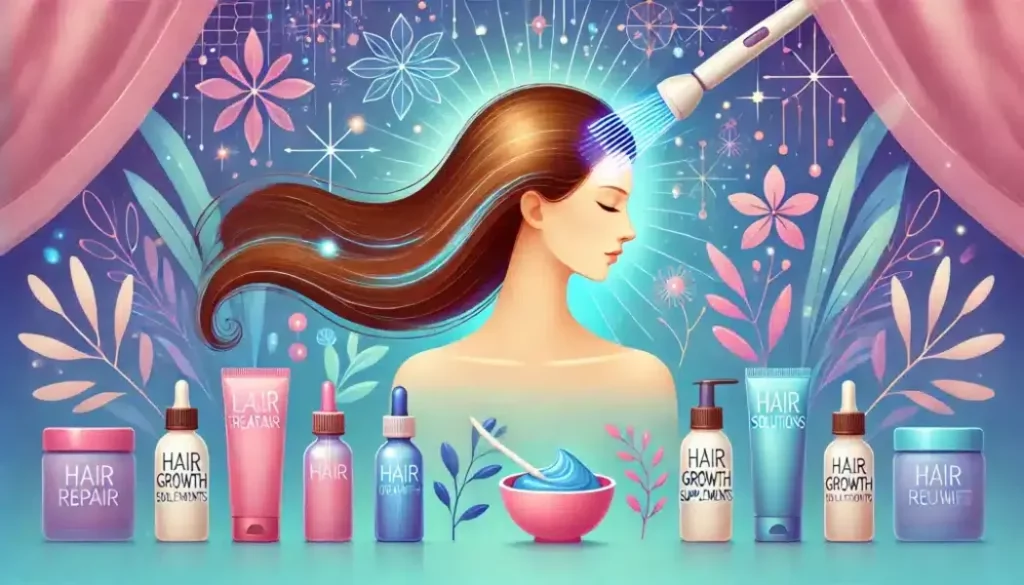
Then there are topical conditioners and serums. These target fragile areas directly, delivering nutrients to where your hair needs it most. With regular use, they help fortify weak strands and bring back shine and elasticity.
Of course, your diet and lifestyle matter too. 🥗 Hydration, nutrient-rich foods, and lowering stress levels all play critical roles in your hair’s ability to bounce back. Can’t eliminate stress completely? Consider adaptogenic supplements to help balance cortisol and reduce internal damage.
💡 Embrace a multi-angle recovery plan. With consistency and care, your hair can not only survive—but thrive again.
Stay with us — the best is yet to come.
By following our advice, you’re doing the most you can for your hair.
Be the first to know when we publish new guides, tests, and proven strategies for stronger, healthier hair.
👉 Visit the About Me page to learn more about my journey, mission, and why helping people with hair health is so personal to me.
Want healthier, stronger hair? Discover 8 science-backed habits that protect your scalp and boost natural growth. Get your free PDF guide today!
Disclaimer: This article is for informational purposes only and is not a substitute for professional medical advice. Sensitive claims are supported with scientific references, and full product details can always be found on the official websites of the respective manufacturers or distributors.
Some links in this article are affiliate links. If you choose to make a purchase through them, I may earn a small commission at no extra cost to you — helping me keep HairGrowGenius running. Thank you for your support!

✅ FAQ – How to Protect Hair From Damage Caused by Heat Styling
❓ What is the safest maximum temperature for heat styling?
For most hair types, staying below 185°C (365°F) is recommended. Higher temperatures can denature proteins in the hair shaft, especially in fine, color-treated, or chemically processed hair. Thick, coarse hair may tolerate slightly higher heat—but never go full volcano.
❓ Should I use a heat protectant even if my hair is already healthy?
Yes, always. Heat protectants create a barrier that reduces moisture loss and surface damage. Even if your hair looks and feels healthy now, repeated unprotected heat exposure will eventually take its toll.
❓ Can air-drying before heat styling reduce damage?
Absolutely. Letting your hair air-dry 70–80% before using a blow dryer or hot tool significantly reduces the time and temperature needed—meaning less stress on the hair cuticle and better long-term hair health.
❓ Are natural oils like argan or coconut oil effective as heat protectants?
They offer some protection but not nearly as much as silicone-based heat protectants specifically designed to withstand high temperatures. Natural oils may help nourish the hair, but they shouldn’t be your only line of defense against heat.
Last updated: June 2025 based on latest research

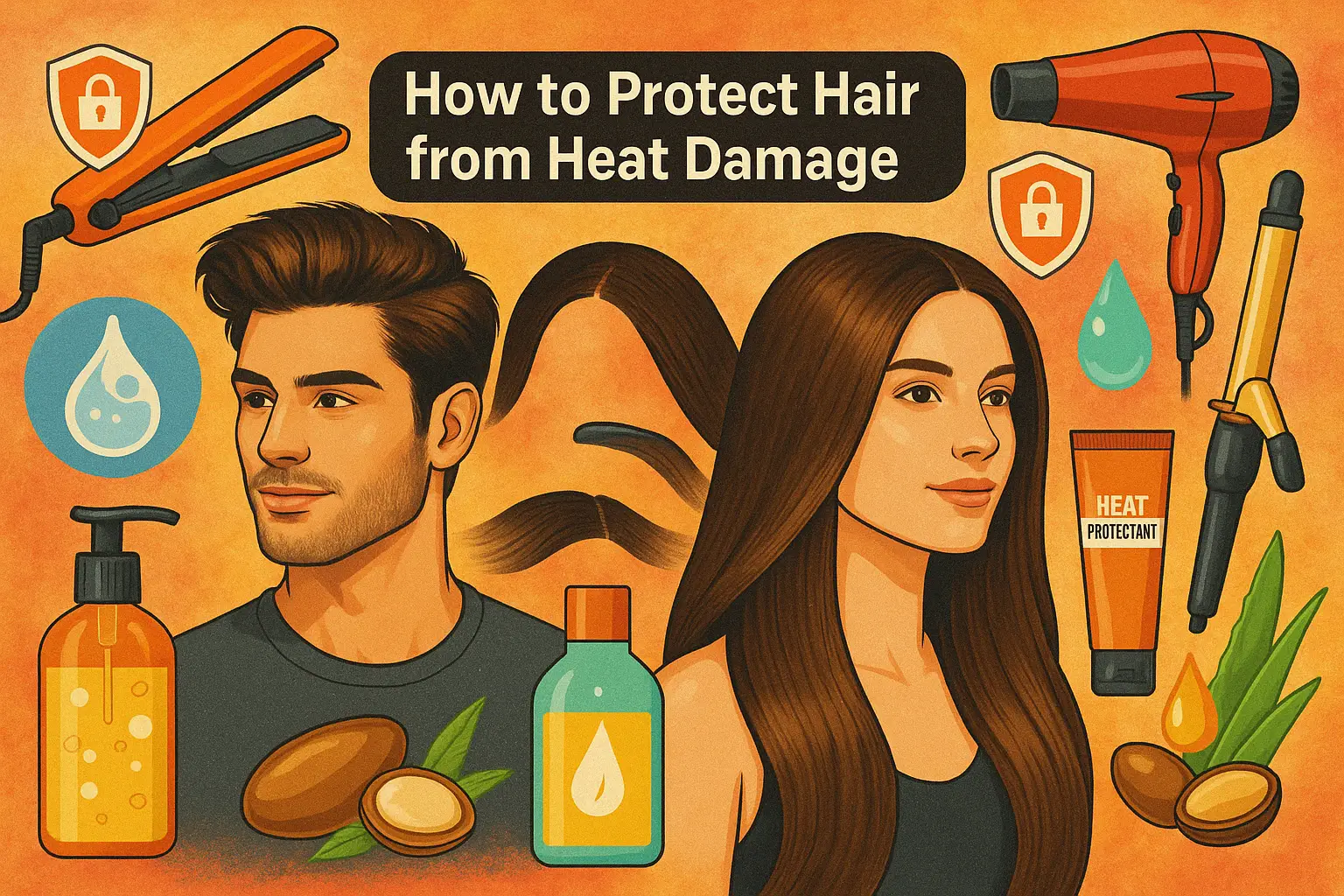
Leave a Reply